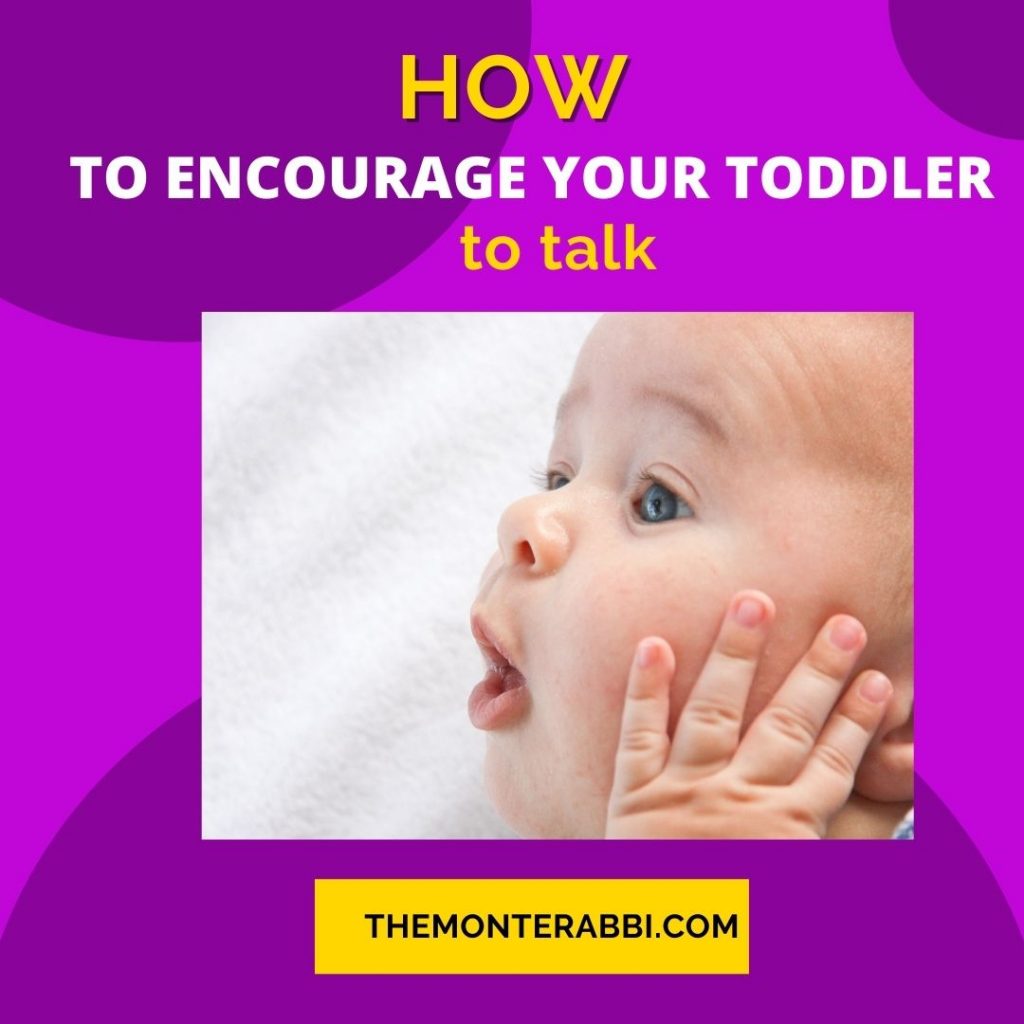There is nothing that feels as bad as seeing other 2 to 3 year old kids expressing themselves verbally while your kid is stuck with babbling and gesturing. It gets you thinking about what wrong you might have done. ( That was me when my son couldn’t speak)
So you take them to a speech therapist to have them checked out, go to an ENT doctor to have the ears checked and anything else that might be hampering their speech. You even pay for an autism assessment.

Since you are agitated and really anxious, you ask that everyone in the house speak to the toddler in one language because you feel that being a bilingual family might be causing the delay.
You also go ahead and ditch the TV, tablet, smartphone or any other screen that might be derailing them, buy as many toys to help them talk but nothing seems to be happening.
And so you feel like giving up and commanding the kid to verbally express themselves.
Because you are frustrated.
You even wonder whether they are on the autism spectrum disorder but you quickly rule it out because you do not want them to be with ASD and if anything, their social interaction, intellectual level is good enough.
So you believe that they are just late talkers but deep down, you will be asking yourself when they are going to express themselves verbally just like this mother who was wondering when their boy would talk.
But you are still at square one when all is done: how do you encourage your child to talk. And so you start googling and reading all sorts of blogs and online resources on getting your kid to start talking.
Activities to help toddlers with speech
Well, maybe there are various activities that you have not tried yet. In this article we will look at them since they are the very same activities that I did to my son when I realized that he is speech delayed.
Kids below 2 years
- Say short syllables to the kid and try to make it look like a game so that they can repeat after you ‘ba’, “ma”, “da” and so on
- Imitate your baby talk whether it is a babble, or coy that they make. Everytime they start babbling, maintain eye contact and repeat what they have just said. Make it look like a conversation so that the child will slowly learn that their verbal expression is highly regarded.
- Point out colors to them and also read them short stories whether they are going to bed or when they show desire to join you in your study time
- Play with them some fancy toddler games such as peek-a boo
- When they do a good deed, reward them with praise such as ‘Good boy” for doing that.
- Count out things with them.
- Have talking games at home such as speaking to the teddy bear as though in real conversation. Have the baby mimic you on the telephone. You could even make them some cup telephone game.
Kids between 3 to 4 years
- Have more adult-like conversations with the kid where you expect them to talk, take turns and answer to questions.
- Learn to give them turns to respond to questions you ask them
- Eliminate background noise and distractions–if you try to have conversation with your child while the TV is on or when they are playing candy crush on your smartphone, they are not likely to hear what you are saying and will therefore not respond appropriately. This could thwart your efforts to try to have them express themselves verbally. It is therefore a good behavior that when you are set for a play therapy to help the kid talk, that you find a place where there are no distractions, the kid can hear what you are telling them and also look directly at you.
In autism circles, we have found auditory sensory overload to be a great barrier to kids on the spectrum being able to concentrate or paying attention. They therefore will flop in exams, feel uncomfortable in noisy places and would need active noise control devices so that they do not have meltdowns.
4. Play talk games with them such as identifying things eg “It is used for sweeping floors” and have them answer the question. They could also formulate such questions
5. Introduce them to other words in different environments such as in the animal orphanage where they can see gazelles, lions and elephants.
6. Introduce them to sounds made by animals and expect them to identify the animal making the sound.
